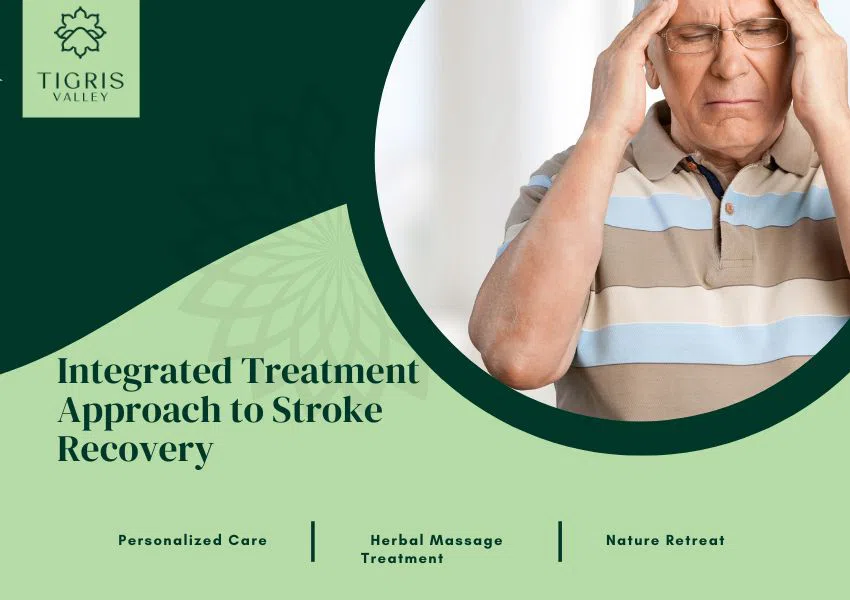
Integrated Treatment Approach to Stroke Recovery
Integrated Treatment Approach to Stroke Recovery Strokes are a prevalent health concern, with global significance. They stand as the second leading cause of death worldwide, underscoring their widespread impact. In…











